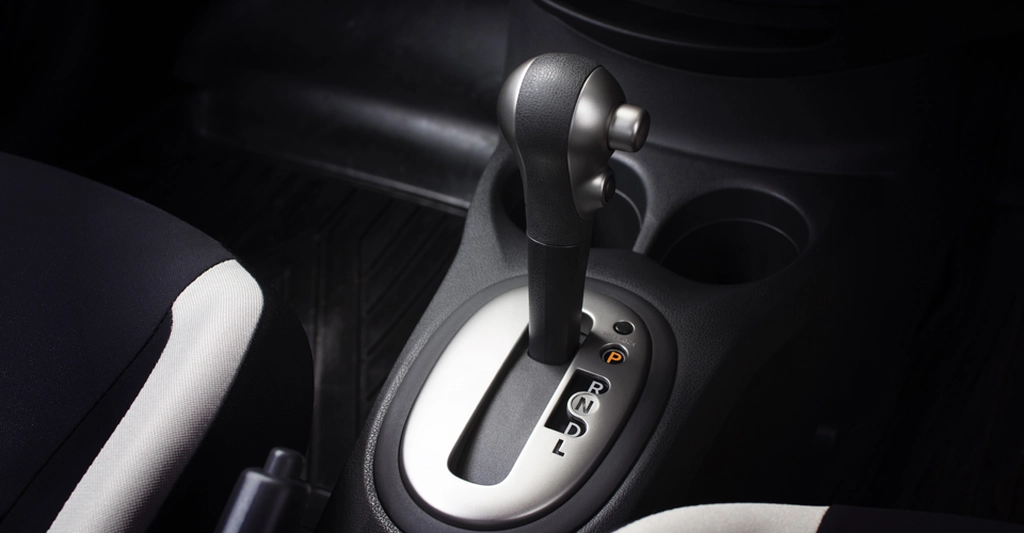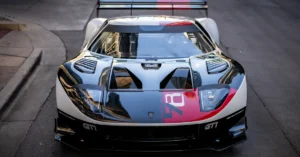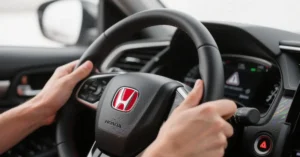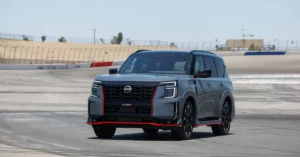With rising fuel prices and growing concerns about environmental sustainability, fuel consumption has become a major consideration for car buyers and drivers alike. One question that still stirs debate: Is a manual transmission more fuel-efficient than an automatic?
While older drivers swear by the “stick shift” for better control and fewer trips to the pump, modern automatic transmissions have evolved drastically and, in many cases, may now outperform manuals in terms of efficiency. So, what’s really the better choice for reducing petrol usage? Let’s dive into the facts, myths, and real-world insights.
Understanding Fuel Consumption vs. Fuel Economy
Before comparing transmissions, it’s crucial to understand what we mean by fuel consumption and fuel economy.
- Fuel consumption refers to how much petrol your vehicle uses to cover a specific distance typically expressed in litres per 100 kilometres (L/100 km). Lower values are better.
- Fuel economy, on the other hand, describes how far a car can travel per litre of petrol. The two are inversely related: better fuel economy means lower fuel consumption, and vice versa.
For example, a compact car that consumes 5 L/100 km is more efficient than a large SUV that burns through 10 L/100 km on the same route
Manual Transmissions: The Classic Choice for Fuel-Conscious Drivers
Historically, manual transmissions had a clear edge in terms of fuel consumption. That’s because they offer a direct mechanical link between the engine and the wheels, resulting in less energy loss during gear changes.
In older vehicles, manuals were often paired with fewer components and simpler mechanics, meaning less weight and less parasitic drag on the engine. This translated into real savings at the pump especially for skilled drivers who knew how to stay in the optimal rev range.
Drivers also appreciate the added control that manuals offer. You can stay in a higher gear to reduce engine speed and conserve fuel, or downshift to use engine braking and extend the life of your brakes another subtle form of efficiency.
Automatics Have Come a Long Way
Today’s automatic transmissions, however, are not the slushy, inefficient gearboxes of the past. In fact, modern automatics especially those with 6 or more gears or continuously variable transmissions (CVTs) can equal or even outperform manuals in terms of fuel efficiency.
Here’s how:
- Lock-up torque converters reduce energy loss by creating a more direct connection between the engine and wheels during cruising.
- Adaptive shift logic learns your driving style and selects the most efficient gear automatically.
- Stop-start systems shut off the engine when the car is idling, reducing unnecessary petrol usage in traffic.
- Some vehicles even come with 10-speed automatics, fine-tuned to keep the engine running at its most efficient RPM.
So, while older automatics used to consume significantly more fuel, that gap has narrowed or even disappeared in newer models.
Real-World Considerations: Driving Style and Environment Matter
It’s not just about the transmission. How and where you drive plays a massive role in your actual fuel consumption.
- City driving: Stop-and-go traffic burns more fuel, especially in cars without stop-start systems. Manuals may have a slight edge here, assuming the driver is proficient.
- Highway driving: Automatics with overdrive or more gears tend to keep the engine running at lower RPMs, reducing fuel use over long distances.
- Aggressive driving: Quick acceleration and hard braking waste fuel, regardless of transmission type.
- Maintenance matters: Dirty air filters, underinflated tyres, worn spark plugs, or poor alignment can all increase fuel consumption. Keeping your vehicle properly serviced is essential no matter what you drive.
The Case for Manuals: Still Relevant?
Manuals may still be more fuel-efficient in older or basic cars, especially those without modern automatic tech. They’re cheaper to maintain, often more durable, and give drivers more control in tough conditions (like snow, mud, or steep hills).
However, they require skill. A poorly driven manual can easily consume more petrol than an intelligently tuned automatic.
Manuals also offer unique advantages in:
- Braking efficiency (engine braking)
- Lower purchase cost
- Lighter vehicle weight
- Driver engagement for those who simply enjoy being more involved in the driving process
The Case for Automatics: Better Than Ever
Modern automatics are designed for efficiency and convenience. They’re ideal for daily commuting, especially in urban environments where frequent gear changes are a chore. For new drivers, automatics also reduce the learning curve and allow full attention on the road.
In fact, several modern automatic-equipped vehicles now boast fuel consumption figures below 6 L/100 km, rivalling or outperforming their manual counterparts.
So, Which One Should You Choose?
Manual might be better if:
- You drive an older vehicle without an advanced automatic
- You prefer control and engagement
- You drive in rural areas with fewer stops
Automatic might be better if:
- You live in a city with heavy traffic
- You drive a modern car with efficiency features
- You prefer comfort, convenience, and consistency
Tips to Reduce Petrol Usage (Regardless of Transmission)
- Drive smoothly – Avoid sudden stops and aggressive acceleration.
- Maintain tyre pressure – Properly inflated tyres reduce rolling resistance.
- Keep up with servicing – Replace spark plugs, air filters, and engine oil as recommended.
- Avoid unnecessary idling – Turn off the engine if you’re waiting.
- Lighten your load – Extra weight means more fuel burned.
Final Thoughts
The debate between manual and automatic fuel efficiency isn’t as one-sided as it used to be. Thanks to technology, today’s automatics can be just as frugal with petrol as their manual siblings if not more so in some cases. Ultimately, your fuel consumption depends more on driving habits, vehicle maintenance, and model year than on transmission alone
Want to track and improve your car’s fuel efficiency?
Sign up with MotorHub to access smart service reminders, connect with verified garages, and get help maintaining your vehicle for peak performance and lower fuel costs.



